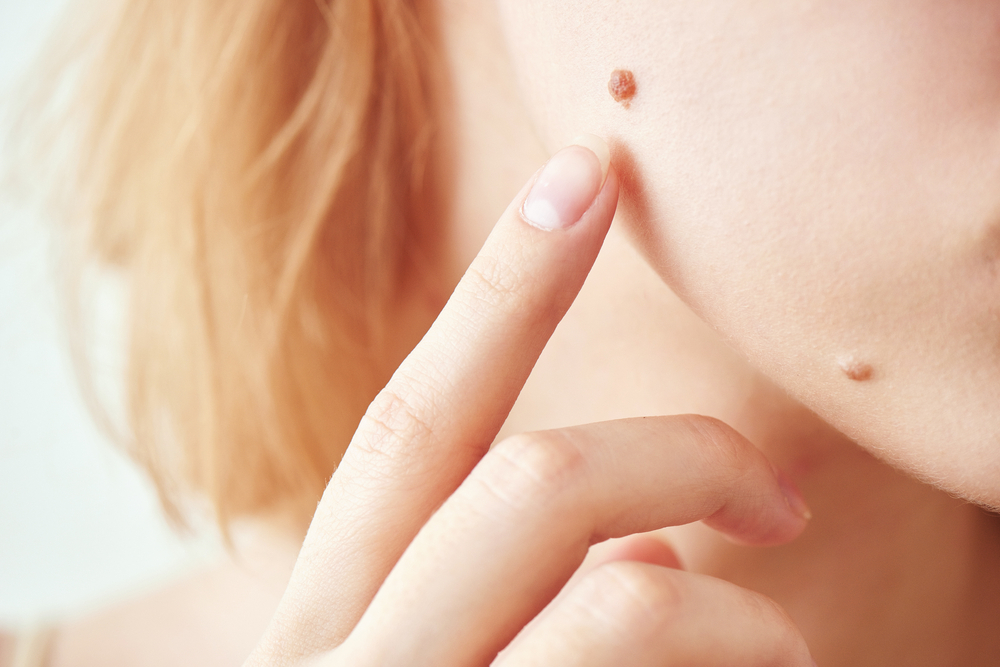DIAGNOSIS
Your doctor can distinguish moles by looking at your skin. You may have a skin examination every now and then. Ask your doctor when you should come back for follow-ups. During a skin exam, your specialist examines your skin from various regions of the body.
If your doctor is suspecting that your mole has a high risk for malignancy, he or she may obtain a small sample for a biopsy.
TREATMENT
Most moles do not need to be treated further.
Mole removal
A mole that is cancerous is removed through surgery. If the mole causes irritation every now and then, your doctor may suggest to remove it.
The removal of a mole may be done on an outpatient clinic. The procedure may leave a lasting scar.
If you see that a mole has returned, see your doctor instantly.
Cosmetic care
In case you’re hesitant about a mole, you could use cosmetics to help hide it. Hair that is growing from a mole should be plucked or cut. Talk to your dermatologist about removing the hair and the mole.
A mole that is cut or develops inflammation should be kept clean. Visit your doctor if the mole is non-healing.


